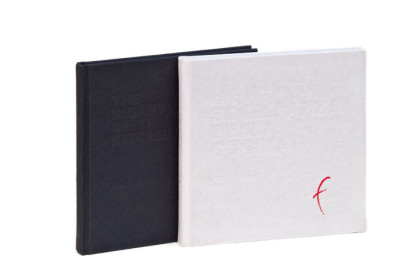
There is a law, indeed a Great Law, which over the course of time defines with scientific certainty the inseparable relationship that links the size of the space for the kitchen and the one for the bathroom. The formula that describes this relationship is as follows: C+B=100, which is the sum of the sizes of the kitchen and the bathroom is a constant. Growing the size of one, the other decreases and vice versa: “This law regulates all human history and forms the basis of a wide range of technological developments that deserve attention.”
Paradoxical? Yes, but on closer inspection not so much. The disappearance of the kitchen is in fact a “divertissement” in the style of the unforgettable theory of stupidity by Carlo Maria Cipolla: the wit of provocation, which consists in the enunciation of a series of irrefutable mathematical proofs, is continuously counterbalanced by the observations of behaviors that each of us, in our own lives, can verify as daily and expected situations. Situations that are not expected, however, as highlighted by this paper, intent on developing and refine the critical sense of the reader through the stylistic flair and the frequent use of nonsense.
You have to be writer of value to lead this game that succeeds only when reader is forced to take his eyes from the page doubting that the author, beyond a speech impeccably academic, is not it instead beating up his nose. But it is not enough: we must also be able to master with absolute certainty the subject we are talking about so that the thesis presented can be entirely credible. John B. Dancer, author of The Disappearance of the Kitchen, has both this qualities. Behind this pseudonym in fact is not hidden but revealed the figure of a great scientist of international stature in the area of zoo-anthropology and in history of food, or rather Giovanni Ballarini, former president of the Italian Academy of Cuisine, that alerts reader like that: “as in musical jokes, where the notes are true and everything else is fantasy, even in this gastronomic joke only the notes are true: the text is now only imagination and, perhaps, the foreshadowing of a future more or less likely or desirable.”
The volume is valuable not only for the tasty text, but also for the more specifically bibliologic features. Nothing is left to chance: Aswan canvas for the cover, paper weight, graphics, everything is designed for the pleasure of the reader, all resulting in a high quality product. Do not miss the really extraordinary tables by Cecilia Mistrali, evocative primitivists masterpieces of the early twentieth century, nevertheless personal trait.
 English
English  Italiano
Italiano 



